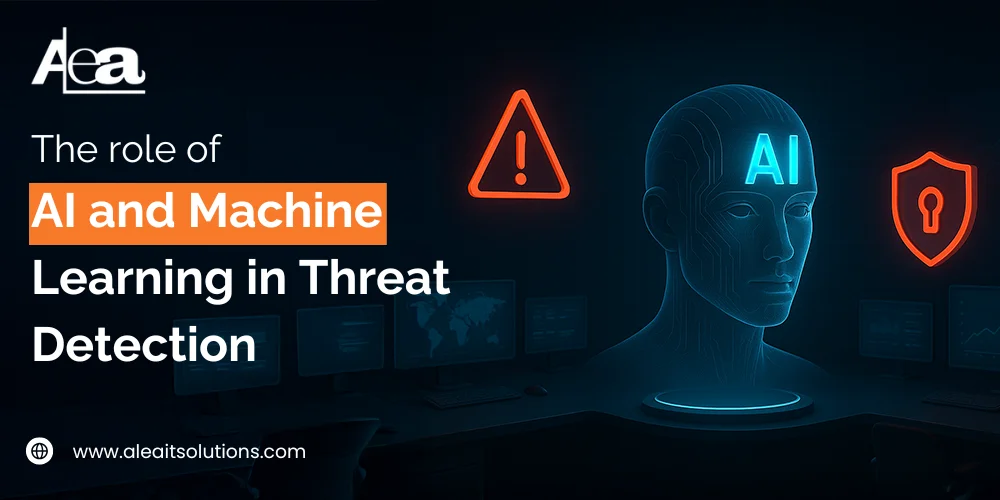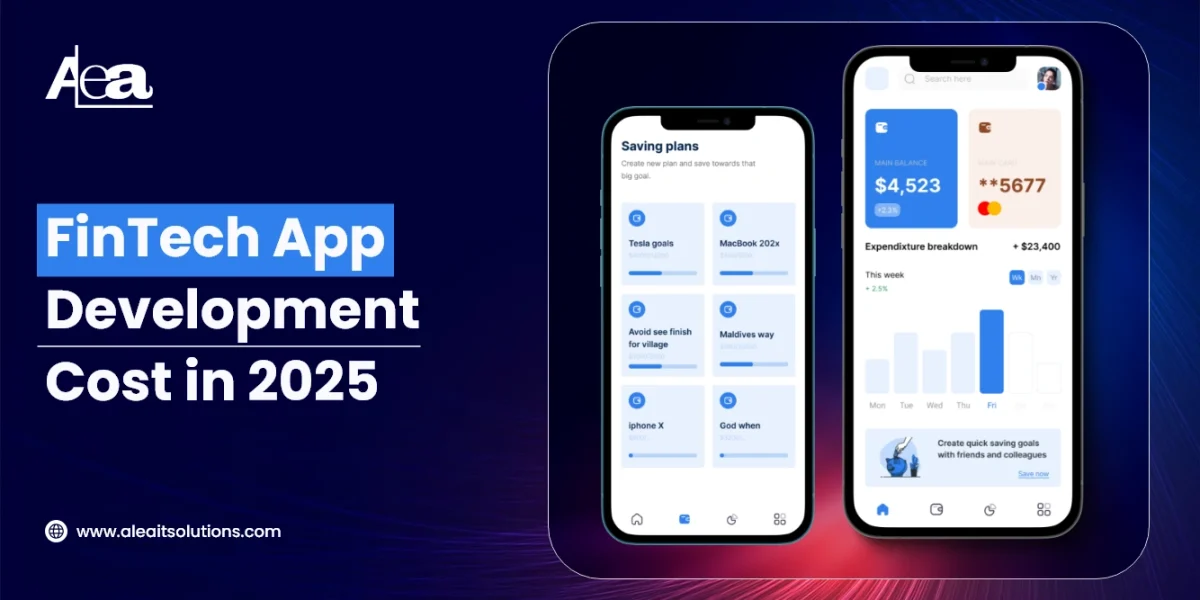Let’s face it keeping your business secure online is getting harder by the day. Threats are evolving faster than most teams can keep up with. And often, the weak points aren’t the places you’d expect. It’s not just your servers or cloud storage it’s the things we barely think about the smart thermostat in your office, the wireless printer in the corner, someone’s fitness band, even security cameras.
All these connected devices, part of what we call the Internet of Things (IoT), have made our lives easier but they’ve also opened up new ways for attackers to slip in. And here’s the kicker many of these gadgets aren’t built with security in mind. They’re running old software, missing patches, or have default passwords that never got changed. Multiply that by the billions of devices connected to the internet today, and the scope of the problem starts to become painfully clear.
That’s where artificial intelligence and machine learning step in not as buzzwords, but as practical, effective tools that help security teams keep up. And what’s exciting is that smaller companies aren’t being left out anymore. In many cases, fast-moving startups and midsize businesses can actually respond better than big enterprises that are stuck managing legacy systems and bloated infrastructure.
Why Traditional Security Tools Fall Short
Most older security setups are built to catch what they already know things that match specific patterns or rules. If a file fits the profile of known malware, or if someone logs in from a flagged location, an alert goes off. That worked for a while. But cybercriminals have evolved. Today’s malware shifts shape constantly. Hackers use techniques that mimic normal behavior until they’re deep inside your systems.
In short, we can’t rely on checklists anymore.
Security needs to be smarter. It has to recognize patterns, spot what’s out of place, and keep learning every time it sees something new. That’s exactly what AI and machine learning do well.
What AI Actually Brings to the Table
Spotting Suspicious Activity as It Happens
Instead of relying on fixed rules, machine learning builds a picture of what’s “normal” across your systems. So, when something deviates a smart camera suddenly starts pushing large amounts of data to an unknown IP address at 3 a.m. the system doesn’t just shrug. It flags it immediately, even if it’s never seen that exact behavior before.
This isn’t theoretical. It means you can catch things in real-time, rather than waiting around for an update to your antivirus software.
Seeing Trouble Coming
One of the more powerful things AI can do is pick up on subtle warning signs before a full-blown attack happens. Say someone logs in from another country in the middle of the night, then opens sensitive files they’ve never accessed before. Even if nothing obvious has gone wrong yet, that behavior is off and the system knows it.
This kind of heads-up gives your team time to act before real damage is done.
Responding Fast, Without Waiting for Humans
Let’s be honest: when an attack is underway, speed matters more than anything. AI-enabled systems can take instant action. If something looks seriously wrong, they can disconnect a device, freeze a user account, or notify your team immediately.
Detection is only half the job. Response is where you win or lose.
The Case for Custom AI in Security
Yes, there are a lot of out-of-the-box tools claiming to use AI. And many of them do the job up to a point. But your company probably isn’t “typical.” Maybe you’re running older business software. Maybe your infrastructure is split across on-prem and cloud. Maybe you’re in an industry with tight regulations.
Generic tools don’t always understand those nuances. That’s where building or fine-tuning your own models pays off. When AI is trained on your actual data and integrated with your real-world workflows, it makes fewer mistakes, causes fewer false alarms, and gives you a system that grows with your business.
Custom doesn’t have to mean complex. It means getting a tool that actually fits, rather than trying to make a square peg work in a round hole.
Smarter Ways to Catch Modern Malware
These days, malware doesn’t always show its hand. Some types stay quiet for days or weeks until they’re deeply embedded. They change just enough to slip past signature-based tools.
AI isn’t looking for exact matches. It’s looking for odd behavior. Is a file rewriting critical system settings? Accessing data it’s never touched before? Replicating itself in strange places?
If it’s acting suspicious, AI calls it out even if it’s the first time that kind of attack has ever been seen. That makes it much harder for new or evolving threats to slip through the cracks.
Some Challenges You’ll Want to Plan For
AI isn’t magic. It’s powerful, but there are real-world limitations to keep in mind:
- Privacy matters. To train smart systems, you need data but you also need to be careful with it. Respect privacy laws and make sure your tools don’t create new risks.
- Too many false alarms can wear out your team. If your system cries wolf all the time, people stop paying attention. You’ll need to keep refining your models to avoid alert fatigue.
- IoT security takes a different approach. You can’t install antivirus on a smart light bulb. Instead, AI systems need to watch network behavior what devices are doing, who they’re talking to, and whether anything looks off.
A Straightforward Game Plan for CTOs and Tech Leads
Thinking about layering AI into your security approach? Here’s a practical way to get started:
- Pinpoint the weak spots. Where does your current system struggle IoT exposure, slow incident response, lack of visibility?
- Pick one area to improve first. You don’t have to overhaul everything overnight. Maybe start with behavioral detection or email threat analysis.
- Choose tools that fit your setup. Whether you’re in AWS, Azure, or on bare metal. Plenty of AI tools play nicely with modern infrastructure. Look into what works best for your environment.
- Spend wisely on customization. If you’re handling sensitive data or working under strict compliance, customized AI models can save you a lot of headaches later.
- Work with people who know what they’re doing. You don’t need to reinvent the wheel. A skilled partner can help you get there faster and avoid costly mistakes.
At ALEAIT Solutions, This Is What We Do
We work with fast-growing businesses to design security systems that aren’t just smart they’re built to adapt, scale, and actually work in the real world. Whether you’re dealing with complex IoT setups, legacy software that won’t go away, or compliance rules that keep you up at night, we’ve got the tools and the experience to help.
We don’t believe in one-size-fits-all. We believe in building solutions that work for you not around you.
Let’s Talk About What You Really Need
Cyber threats aren’t slowing down, and your security strategy shouldn’t either. If you’re tired of clunky software that doesn’t quite fit or if you’re ready to stop playing catch-up let’s talk.
At ALEAIT Solutions, we help you build AI-powered security that fits your business like a glove. Because checking boxes isn’t enough anymore. You need protection that truly understands what’s at stake.
[Speak with our AI security specialists today →]




